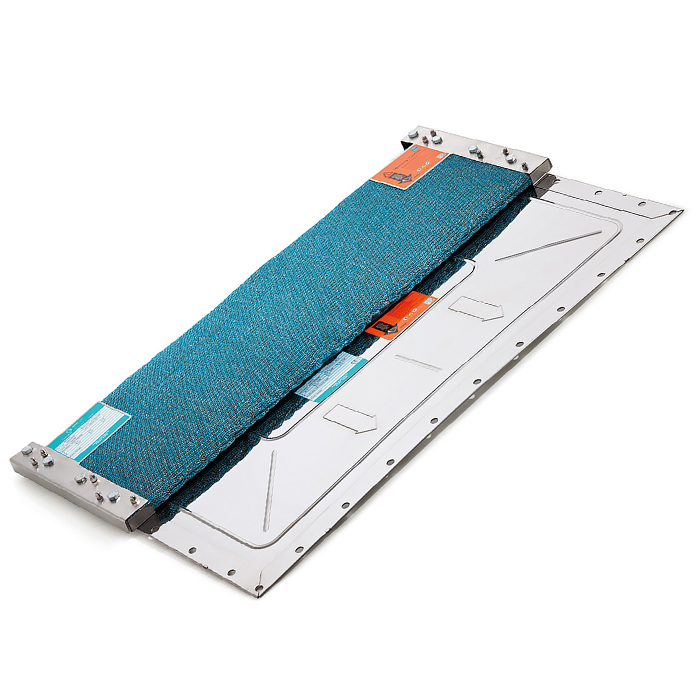Explosion safety is a safety-critical topic in every pharmaceutical company. This article gives you brief but comprehensive information about the fundamental questions and pharmaceutical safety systems.
Assessment of the risk of explosion
Whether it is screens, dryers, mills or filters whenever a production process generates dust, the relevant plant is potentially at risk of a dust explosion. This means that preventive and protective measures are needed in order to reduce such a hazard.
To decide whether and to what extent precautions are required, you would first conduct a systematic risk assessment. The first stage is to gauge the probability that an explosive atmosphere might be created and whether there are any potential sources of ignition. After that, you need to classify the effect that an explosion might have.
Both assessments can be merged into a matrix. The resulting indicators tell you whether and to what extent you need to protect the plant or parts of it.
Explosion safety measures
The hazard and risk assessment determines the use of the necessary protective measures. They are divided into explosion prevention and explosion protection. Preventive measures are designed to prevent an explosive atmosphere and therefore to reduce the probability of an explosion. Wherever this is possible, combustible substances are replaced by substances that cannot produce an explosive mix.
This includes, for instance, the use of suitable equipment, protecting the product flow from impurities and monitoring the earthing of the system with a view to preventing electronic discharge.
Explosion protection involves reducing the impact of a possible explosion to a more moderate level, so that the resulting damage is less severe. This includes conventional explosion venting through the use of explosion vents, flameless venting, explosion isolation and explosion suppression. This kind of explosion safety is a vital necessity in virtually all plants, because...
It is in the nature of the relevant processes that there can almost never be any absolute or complete avoidance of effective sources of ignition.
Inerting tends to be too expensive and/or impossible due to the nature of the processes involved.
Other explosion prevention measures may be helpful in parts, but cannot usually eliminate the risk of an explosion completely.
Dryers and coaters
You will also find all of the requirements for an explosion in dryers and coaters. If the (spray) dryer is only enclosed or located inside the building close to a building wall, venting is possible by using explosion vents. Like flameless venting for dryers inside buildings, this is only possible if no toxic or otherwise critical media are processed. If this is the case, explosion suppression is used. However, the selection of the protection system is defined not only by its positioning, but also by its strength, the volume to be protected and other parameters.
If flameless venting or explosion vents are used, they must meet hygienic requirements. Certifications such as the EHEDG cleanability test are good indications of this.
Mixers
Whether a mixer has to be protected against explosions depends on a variety of factors. These include the speed of the stirrer and the risk of ignition sources. The links to other parts of the system and the type of connection are important factors for the design of mixers as well as the type of filling. Through this, for example, the vent area is reduced in accordance with EN 14491 during pneumatic filling.
Grinding Plants
Inherently, every mill has metallic parts that approach and touch each other at high velocities - a high probability for the creation of potential ignition sources.
Whether a mill needs to be protected largely depends on whether the mill has a cone. This is crucial for design according to national and international standards.
Aspiration Systems / Dust Collectors
As many filters in the pharmaceutical industry are relatively tall and narrow, they are usually protected with an active explosion suppression system or flameless venting.
Filters can also be equipped with explosion vents, provided they offer venting in closed-off safety areas. These can, in turn, be reduced using opening angle limiters.
In order to prevent the explosion from propagating, the raw gas line is usually isolated with passive protection systems.
For more information visit:
www.rembe.com


